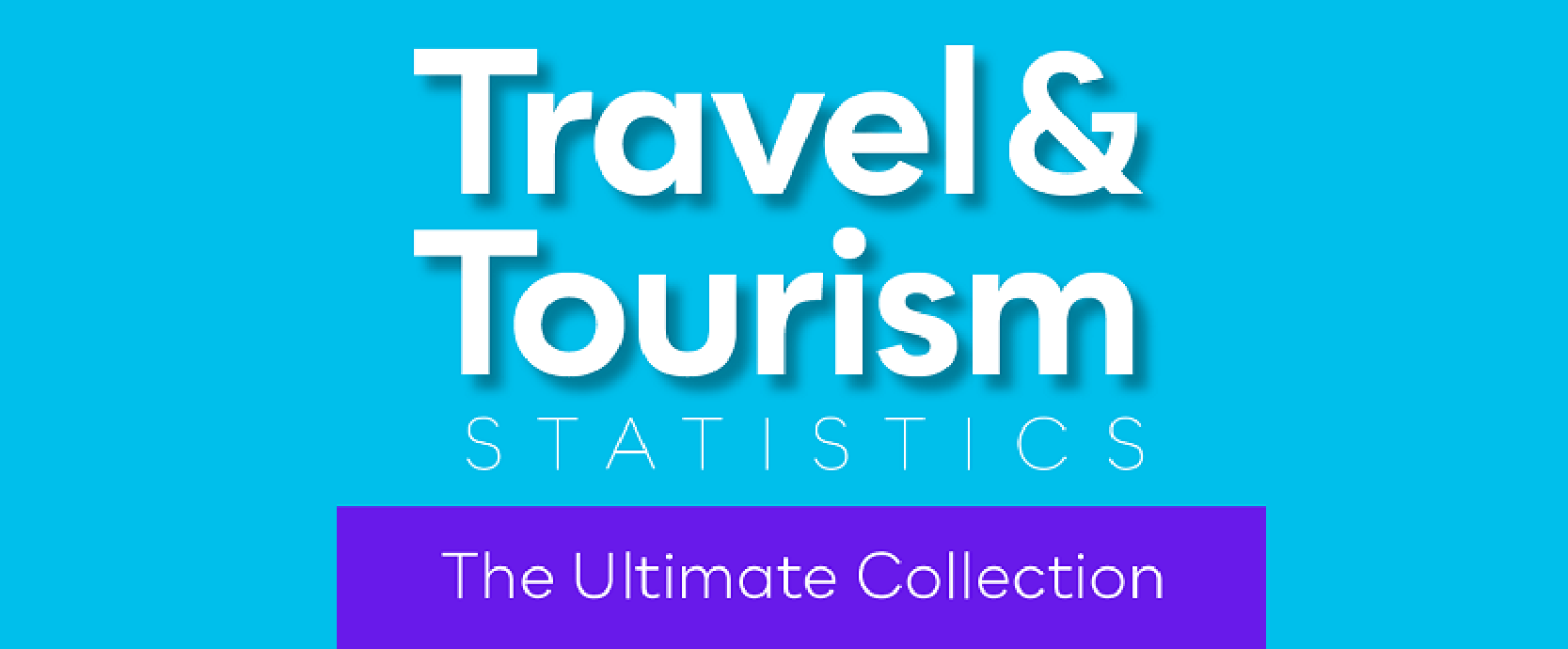10+ Surefire Ways to Sabotage Membership Growth & Engagement
- Inflation and other pressures have forced consumers to cut back on expenditures like membership dues.
- Executives of membership-based groups must expand their value proposition or risk having members lapse for good.
- To learn what not to do, we’ve listed 10+ tongue-in-cheek ways to sabotage your membership growth and engagement.
- It's likely your organization is doing at least one of these.
It's understandable that your members/customers may be feeling anxious during these uncertain times. Inflation is just one of the many factors that may be causing concern for them. They may also be worrying about a contracting economy, the ongoing aftermath of the pandemic, and the potential for retirement and investment losses or layoffs.
It all leads to members tightening their belts. And it means your organization doesn’t have the luxury of doing the same thing year after year.
When someone contemplates joining or renewing, now more than ever they’re doing the math in their head and calculating whether or not membership is worth the money. When the rubber hits the road, it all comes down to that value equation.
The concept of your organization's value proposition isn’t rocket science. Still, I’ve run into a number of membership-based organizations that clearly don’t get it. Instead, they inadvertently sabotage their membership growth and engagement by making one or more counter-productive business decisions.
Using their experiences as a guide, I've compiled my list of ten (or more) surefire ways your organizations will likely fall into the same traps if you’re not taking care to avoid them.
1- Cling To a Long List of Stale Benefits
Some organizations offer a boatload of benefits, hoping that a long list of ho-hum benefits will be better at driving member engagement than delivering a few with a powerful punch. The truth is you can have too much of a good thing, especially when you ignore less popular benefits or ones that don’t add real value.
Roughly 70-80 percent of members care only about a handful of member benefits. Researcher Dean West conducted a number of studies for various types of organizations and concluded: “Rarely do we identify more than four or five key benefits that influence the decision (to join or engage). The result is a lot of wasted effort on benefits that don’t improve member value or corresponding membership business metrics.”
Often it takes an independent and less impassioned voice to assess and review all your member benefits to determine which ones need to go. Identify those that have the greatest impact on engagement and stick with the best benefits that deliver the most ongoing value, are frequently relevant to your members, and generate the most goodwill. Poor usage is often a vote for a benefit that needs to go. Sometimes, you just need to do a better job promoting high-value benefits.

Do you track the number of members who ask to be put on the “do not mail” “do not contact” or “do not solicit” list? This is your defection rate or "opt-out rate." Regardless of the name, it’s the opposite of loyalty and engagement, and you can’t effectively grow your program without knowing if your member loyalty is waning or not.
I’m not talking about those who simply choose not to renew. Or those that ignore your membership renewal emails. You should already be tracking these folks.
I’m talking about those who are disgusted with you and demand that you leave them alone. Do you measure this important metric?
If your organization is one that ignores or neglects your opt-out trends, you’re wasting a lot of time, effort, and resources.
How, you ask?
Disaffected members talk to others. They share their bad experiences with anyone who else will listen. They can influence others to voice their opinion against your organization. If your disaffected members are trending upward, it can be a canary in the coal mine indicating that something’s gone awry. Without tracking these disaffected members you’ll have a much harder time knowing if you have a problem at all. I’d suggest you interview all members who opt-out, and ask them what provoked them to be unhappy. You can’t fix a problem unless you know it exists.
All churn is expensive, but opt-outs are especially costly because these people were once loyal and were giving you their money. In any business endeavor, it’s much cheaper to keep a customer/member, than to acquire a new one. Many businesses spend as much as 80 percent of their budgets to acquire new customers/members. Lowering your opt-out rate by just 1 percent could represent a significant savings in revenue…and heartburn.
3- Focus On How Many Emails You Send, Rather Than The Relevance of Each Email.
Some organizations pay far more attention to limiting the number of emails they send, rather than focusing on the quality of the content of each email. If that’s your organization, you’re focusing on the wrong metric. Members welcome and even seek out your interesting, relevant, helpful, entertaining, and value-added emails. If you’re afraid of sending too many emails out of fear of members unsubscribing, here are some stats to chew on.
According to Marketing General’s annual membership benchmarking report, most membership organizations send 4 emails per week to their general membership population. If you're sending fewer than 4 emails per week, you need to pick up your email cadence. As long as you’re sending relevant, interesting emails, most members will not only welcome your emails, but your unsubscribe rate will be negligible.
One of the best ways to increase email frequency (without much impact on your staff) is to have your membership discount program provider send emails about their latest discounts on things like Disney Parks, hotels, travel deals, dining out, shopping, and other types of savings. These emails are typically compelling and welcomed by your members, and they shouldn't require much in the way of FTE oversight.
4- Cancel a Benefit Without a Replacement StrategyWhen there’s a need to remove a benefit, how you replace it can make all the difference between happy members and an insurrection. According to this article about How to Remove a Benefit (and Avoid Mutiny), Step 1: make sure your management team is on board. There’s nothing worse than an executive making a unilateral decision without input and feedback from the team that must answer directly to your members. Step 2: Don’t let someone else break the news. If you wait too long to tell your members the unpleasant news, you risk having the word leak out through the grapevine. And when that happens, you lose control of the message and the timing. Step 3: Sandwich your announcement with some good news, the bad news, then top it off with more good news. Step 4: Offer an appropriate alternative. While it may not quell all the resentment, at a minimum it will demonstrate that your organization is making an effort to give members a high level of value.

The latest annual membership benchmarking report revealed that 82 percent of membership associations report that their benefits are “compelling” or “somewhat compelling.” Just 10 percent of executives report that their value proposition is “very compelling,” and the remaining 8 percent admit their value proposition was “not very compelling,” or “not compelling at all.”
According to the study, 92 percent of member-based organizations have, at a minimum, a value proposition that can be described as “compelling.”
I’m not buying it. Why am I doubtful?
This recent study revealed that membership executives tend to overestimate the value of their benefits. It suggests that executives will overestimate their value equation, especially when they don't offer a whole lot when it comes to benefits. The gap between how members assess the organization’s value, and how executives assess those same benefits, is up to 104 percent.
That study also showed that most executives are too generous when it comes to assessing how well they think they understand their members’ needs. The study revealed a 27 percent gap in perception between how leaders assess the understanding of their members, and how the members report how well their organization truly understands their needs.
The bottom line is that organizations need to do more frequent and rigorous research when you’re assessing your organization’s benefits and overall value proposition. Anything short of objective and solid research will lead to bad business decisions.
6- Make Your AGM All About YouAt your Annual General Meeting, don’t spend a whole lot of time celebrating your staff, donors, or board members. And while it may be tempting to remind members how hard you work for them, just don’t go there. It’s off-putting and self-serving.
In reality, your annual meeting should be about your members and adding value to them. Plan early and plan well to help members participate and enjoy your AGM. If you want greater participation, offer a virtual alternative. At each AGM, you should reinforce your organization's value proposition. If you can, announce a new benefit. You can also remind members of existing benefits that have grown in popularity. Invite your vendors to promote their benefits at your AGM at no charge, but encourage them to offer training for new users, and allow them to help you promote their respective offerings to members.
7- Focus Your eNewsletter Internally
If you publish a monthly or semi-regular e-newsletter, don't write about the inner workings of your organization. It's not newsworthy. Frankly, nobody really cares about your newly hired assistant director or database specialist. Nor do they care to read “greetings from the board president.” Save it for a blog or a Facebook post. It’s not relevant to most of your members. It’s forgettable and a wasted effort. To put it bluntly, get over yourself. Don’t focus on your internal organization, instead, focus on what matters to your members.
8- Ignore Member Feedback
Whether the feedback is solicited or unsolicited, on a phone call, email, or on social media, members hate being ignored. They also detest being given a standard, canned response, instead of a personal, thoughtful answer. They especially despise being asked for feedback and then learning that you had no intention of following through.
Don’t be that organization.
Members have an expectation that if you are asking them for feedback, you’ll follow through on the feedback. They also expect a prompt, personal, and compassionate reply to each and every instance they reach out to you.
9- Don’t Consider a Mobile App.Mobile apps were once an expensive and optional member benefit. Now it's a mandatory member offering. Fortunately, you now have a ton of options to choose from.
Why go mobile now if you haven’t already?
To start with, 97 percent of educated Americans use a smartphone. These are your members. If you’re not offering a mobile app, you're making it harder for your members to engage with you. You’re missing an opportunity to stay top of mind with your members. You’re making it harder to keep them engaged.
There are plenty of plug-and-play options out there that offer a white-label membership app. But another quick and inexpensive way to get you into the mobile space fast is with a white-label member discount program. This popular member benefit adds real money-saving value to your suite of benefits. Members simply log in and the app uses the phone’s GPS to find nearby discounts. Members then show their phones at the point of sale to save money.
10- Make it Challenging for Members to Speak to a Human.Let's face it, automated phone trees are the worst. They're like a maze of frustration that lead to dead ends. The more options you have, the more it feels like you're trying to crack a secret code just to get your problem solved. It's like dealing with the cable company, am I right?
Seriously though, the customer experience should be a top priority for any organization. Every interaction counts, whether it's with an employee or technology. If you make it difficult to speak to a real person, you're basically saying "sorry, your time and concerns aren't a priority to us."
Sure, everyone in your organization plays a role in the member experience, but the people who speak directly to members are the ones who can really make or break it. A single conversation can change someone's perception of your organization, so it's important to make it count. Don't make it a hassle for members to speak to a human who can actually help them out. It's just not worth it.
Honorable mention
Because I’m practicing what I preach when it comes to adding value, here are five additional ways to sabotage member growth and engagement:
11- Don’t Refresh Your Membership KitIf your membership kit looks like it's been gathering dust in a museum, it's time to hit refresh. Your members don't want to feel like they're stuck in a time warp, especially when they're paying hard-earned cash for your services.
12- Make Benefits Difficult to AccessDon't be that organization that hides its valuable benefits on the website just to push less popular ones that generate revenue. It's not only short-sighted but also downright annoying for your members. Show them some love.
13- Recognize Members as a Group Instead of IndividuallyDon't just give a generic shout-out to your members when recognizing their loyalty. Take the time to give key individuals personalized recognition, whether it's a handwritten thank-you note or a special mention in your newsletter. But make sure it comes across as genuine and not forced or phony. Your members will appreciate the extra effort and feel valued as individuals, not just as part of a group.
14- Don’t Survey Your MembersIt's important to keep your finger on the pulse of your members' needs, which is why conducting surveys at least once a year is essential. By gathering accurate data, you can make informed decisions that benefit your organization and keep your members engaged. Plus, surveys can drive traffic to your website and boost your visibility. As Stephen Covey would say, it's a "win-win." Don't miss out on this valuable opportunity to connect with your members.
15- Don’t Post on Social MediaI know, Facebook is annoying, and the trolls are out in force on Twitter. But hear me out. If you lack a public narrative on social media, then you’re leaving that narrative to the whims of those you may not like. It may not be a problem now, but what happens when a disgruntled member decides to air their grievances publicly, and your organization is slow to respond? Your silence is tacit approval because you don’t have a more powerful reply. Your entire reputation can be enhanced or destroyed by a single, social media post. Don’t neglect this vital communication channel.
What am I missing from my list?
What’s your take on the matter? I’d love to hear your comments below.
Conclusion:
Membership organizations can grow their membership and engagement by avoiding these common mistakes:
- Cling to a Long List of Stale Benefits
- Ignore Disaffected Members
- Focus On How Many Emails You Send, Rather Than The Relevance of Each Email.
- Cancel A Benefit Without a Replacement Strategy
- Overestimate Your Value Proposition
- Make Your AGM All About You
- Make It Challenging for Members to Speak to a Human.
- Focus Your eNewsletter Internally
- Ignore Member Feedback
- Don’t offer a Mobile App.
- Don’t Refresh Your Membership Kit
- Make Your Benefits Difficult to Access
- Recognize Members as a Group Instead of Individually.
- Don’t Survey Your Members
- Don’t Post on Social Media
Topics: membership marketing, Customer Engagement, Member Benefits, member retention, earning engagement, customer service, customer retention, member engagement, Membership Organizations, value proposition, membership benefits programs, member engagement strategies, value added member benefits
Written by: Gary Toyn



.jpeg)







Share your Comment.